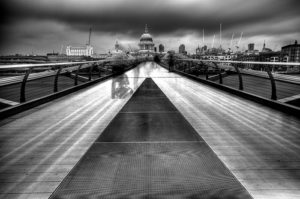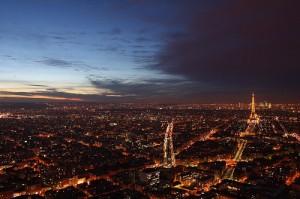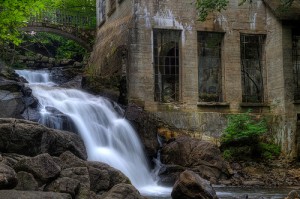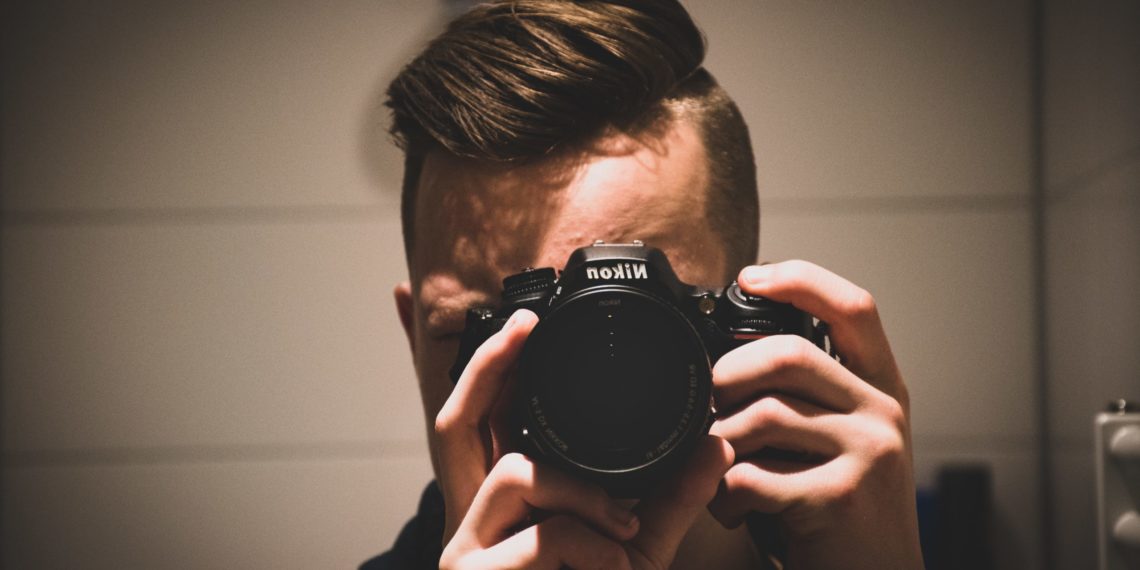Does this title remind you of something? 😀 And yes, I was telling you before about the interest of a 50 mm f/1.8, and today, I’m going to tell you how using a tripod will radically change the way you photograph as well as your images!
Pin this article on Pinterest for future reference!
So I recently bought a tripod. This article is not meant to advise you on buying a tripod (another article is here for that), but to make it simple, don’t take a 40€ tripod or a 300€ one. As the question will inevitably fall in the comments, I redirect you to the article on choosing a tripod 🙂.
But let’s look at why you should buy a tripod 😉.
Sharper images

That’s a big part of the reason why people buy a tripod in the first place: for the sharpness of the pictures. And it’s actually pretty great. I used mine in a rather windy day. violent and laying longand the images have an excellent sharpness It will be easy for you to judge, the photo I present you in the RAW development tutorial is part of this series 😉 And it will not have escaped you that the sharpness of a photo is very important to make it look good, and I dare say to be maid. A photo must first and foremost be netunless, of course, you intended to blur it entirely to create an effect. And nothing will give you a sharpness equivalent to a tripod. You can always shoot freehand, at 1/1000th of a second with a 50mm (well ok I’m exaggerating a little bit here :P), you’ll never have a sharpness equivalent to the one you’ll have on a tripod, even with a long exposure, and a fortiori at equivalent speed.
And speaking of equivalent speed, don’t think that the tripod is limited to use for long (several seconds) or somewhat limited (1/15th of a second) exposures. It is very much used by sports photographers for example, who use focal lengths of 500 or 600mm but often don’t have enough light to shoot at 1/500th of a second. And we can’t accuse sports photographers of being immobile I think 😉
Small tips simple and fast to optimize sharpness: use the option Mirror lock of your camera, and use a remote controlor, failing that, the self-timerThe camera will not move when the shutter is released.
A more careful composition

When you hold your camera freehand, you tend (me first), to take a few pictures. on the fly and then to change locations. When you evolve a little bit and try to think about what it’s made of, you test different stanceswe take a few shots of each one ( to be sure ), and then we move on.
But when you use a tripod, everything suddenly seems… slow down. You suddenly take the time to compose your images at the millimeterby adjusting all the tripod axes one by one. You start by aligning calmly and specifically your device on the horizon. Then you adjust the position of your subject exactly as you wish. Then you think about your settings, and finally only you set it off. Just by using this accessory, you took the time to thinkof think your image. Chances are you’ve even discovered a detail or an additional composition interesting that you hadn’t noticed until then. So certainly, it takes more than timebut you’ll see that you’ll have both minus of images to be sorted and developed once you are at home, and that they will also be best. Yes, best I bet you that if you take 20 pictures with a tripod and 20 pictures without, the first ones will be better than the second ones.
This is an extraordinary aftereffect the tripod, probably because you can’t move the camera in all directions and it’s more simple to adjust to the millimeter than to move your foot 😉 Moreover, since you won’t want to move your tripod 152 times in half an hour, you’ll choose with more than discernment the exact place from which you are going to photograph (and therefore your composition).
Much greater opportunities
And yes, the use of a tripod will allow you to photograph in many more different situations, and will therefore give a new horizon to your creativity. Let’s find out why.
Don’t have any more problems with the light
If you’ve ever handled a camera outside of the ideal light conditions, you’ve obviously had a problem of lack of light. You push the ISO sensitivity all the way up, you open at the maximum, and the shutter speed is always at a depressing 1/3s…which does not allow you to shoot freehand. The tripod eliminates simply this problem by allowing you to choose a longer shutter speed without risking the motion blur. Of course, using these slower speeds will not be possible on all subjects, including mobilesor at least if you want to freeze movement. And if you take pictures of concertYou’re not going to show up with your tripod (because, well, it’s not very rock n’ roll :P).
But in any situation where you’re a little bit limit light level, it will save your life.
Photograph by night

Corollary of the longer poses: you can make the photo of night without any worries. It will not have escaped you that half of the day, it’s night 😀 More seriously, the night opens up tons of additional possibilities for the photographer, whether to photograph the city, to highlight reflections, particular lights, to make contrasted blacks and whites, … In short I think it’s quite obvious that these are very interesting possibilities to exploit for the photographer, and almost impossible without a tripod.
Use the movement

Not being able to freeze a moving subject can be a problem, but you can also use it in your advantage. Who’s never seen pictures of waterfalls (often seen and reviewed by the way) but wondering “but how does he do it?”. Well the tripodit’s kind of like a magician’s trick: when you know him, it looks like… easybut when you don’t know him, it just seems like impressive.
So, for this kind of images (waterfalls, or the seaside), you just need to use a long exposure. If there is too much light to not overexpose (burn out) the image, you will also need a neutral density filter, but this is not excessively expensive, and you can already play with movement without this accessory.
To bounce back on the previous point, how do you think these images of big wheels that form pretty light trails are made? 😉
I’m not going to bother making a list of all the things you can do with a tripod, but think about self-portraits, storm photos, fireworks, macro, panoramas, … In short, the possibilities are in-fi-nies !
I hope I’ve convinced you or at least put you in the mind ofinvest in a tripod, because I really think it’ll enhance a lot your images and even the way you photograph. Taking the time to compose and adjusting everything to the millimetre may seem like a waste of time. funbut it’s up to you to have fun with this accessory. For example, you can put the self-timer on and run as far away from your camera as possible, as this photographer 😉 did.
Do not hesitate to comment if you have remarks, questions, to praise my infinite clairvoyance or, on the contrary, to say that it’s nonsense;D
And don’t forget to share the article! 🙂






Discussion about this post